
Yesterday I was in Lyme Bay and it seems like years since I was first invited down there by the “Lobster Mothers for the Environment” (LME for short) and I will share with you what happened then, and the fruits of it, for shockingly what happened there on a local scale is happening right now on a global one….
On that first visit I was met by the local woman’s environmental group whose network was obviously spreading . They claimed to have received a message from the Lobsters asking me to visit them, and who was I to doubt?
Anyway they took me out on a boat and from there I had my first ever sea dive. I’d never realised there was so much beauty down there, around our very own coast!
Cup corals and sea fans, red, blue, green, spotted and striped anemones, arms waving in the gentle currents, sponges and sea slugs, sea shrimps and cuckoo wrasse, in a rainbow of colours, scallops and oysters, shoals of sea horses. Wow, wow, wow! The garden of Eden was still here! A true unadulterated wilderness, and this, is home to the lobsters I’d come to visit.

“Bubbles” was my contact, so called because of a certain amount of flatulence. She claimed if she didn’t let it out she’d float off, which I confess with my sensitive beak, even under water, I felt a preferable alternative. Anyway I heard from her that this was where lobster mothers had from time immemorial set up Crustacean crèches, protected by this living garden of coral.
It was the picture of maternal bliss, young lobsters playing pinch-tag merrily, the youngest happily watching as they drifted around in the plankton. Over a cup of bladderwrack tea ( I understood the name later on), I heard the reason that the “LME” was set up and why they had called me down there.
Bubbles spoke of wanton destruction on a scale never heard of before; of huge spiked* iron bars raked across the sea bed, destroying centuries of coral garden and thousands of fragile creatures, and as yet they still did not know why. That’s why they’d called me in to try and discover and so put a stop to this madness, and as she spoke there was a gentle rumbling in the distance. Hundreds of fish suddenly flew by, the sea bed began to vibrate and an eerie sound filled the ear. It was the scraping of metal and coral, the shriek of a thousand slowing moving sea creatures, being crushed and scraped and from the looks o fit we didn’t act fairly soon that was going to include us…
I desperately swam upwards taking the few lobsters I could grab with me but my coat snagged in a rock. I suddenly identified with Bubble’s condition – would my investigation end here? My whole life flashed before me and so did a huge meta girder, with inches to spare, dragging behind it a heavy chained rake which, as it passed, threw up lumps of coral and rock and bodies and shells into a net dragged behind.
All I could do was watch till the clouds of debris settled. Nothing remained of the centuries old garden that had moments before laid in front of me. A few dazed shrimps and crushed young lobsters swam around in circles looking for home.
Gone were the protective coral crevices, gone the anemones, gone the sea slug, gone the scallop, and gone most terribly for the lobsters in my hand, the crustacean crèche, the vital nursery for the survival of lobsters in the future. As far as the eye could see in both directions, a swathe had been cut ten metres wide, and who knew when that iron monster would be back?
I freed my coat and swam to the surface. Leaping into the boat I urged the woman’s group to speed after the only other vessel in sight – a trawler, which I could only assume was attached to the destruction going on below. From a safe distance I could see they had pulled out whole scallops, but were throwing most everything else away. Damaged crabs and corals have no value, but a whole scallop is fit for a consumer’s table….
Eco Fact: The good news: What I had witnessed was a practice known as Scallop dredging and thanks to the Lobster Mothers, and more particularly the Devon Wildlife Trust and other campaigning groups a 60 square kilometre of Lyme Bay was protected…good news for Bubbles, but according to her welsh cousins this same destructive practice of bottom dredging intensified in their area, and though banned at night the iron peril still came due to insufficient monitoring…. In Scotland there are similar tensions, for instance around the Clyde where in 1984 a century-old ban on inshore trawling was lifted at the industry’s demand, bringing the nets right into the shallow water where the young fish grow up. Even some of the scallop dredgers now recognize a ban should be put on dredging too close to the coast, “for it puts too much pressure on the stock.” It seems there is more work to do in relation to this practice, for there are far less destructive ways to harvest scallops…
As consumers if you’d rather your shellfish preserved the seashore and creche’s for other species, be sure to choose hand caught or dived scallops and creel caught langoustine (scampi) not trawled….
An article in a newspaper April 4th 2019 also pointed to the tremendous amount of carbon locked up in the top ten centimetres of sea bed sediment, trawling in the Mediteranean is said in a report to already have reduced this possibility by 52%….”Closing large parts of the sea to trawling could be a crucial climate strategy.“ (G Monbiot – the natural world can help save us from climate chaos, the Guardian)
Meanwhile Bubbles had received an urgent sonar from around the world…hearing of the success in Lyme Bay she had been contacted by “the Orange Roughy for the Environment” (the ORE) a rare fish growing increasingly rarer, only eaten by affluent people in places like Japan, Korea, the US and Europe, for according to them, what had been happening around british coasts has been happening on a humongous one in the Pacific:
It turns out some folks have thought to industrialise and bigger a similar technique – they deep sea trawl for fish, dragging long chains of heavy metal discs along the bottom to push them u pinto their nets, and at the same time crushing everything in their path…some are so big, that in a single swoop can destroy an area similar to 5000 football pitches!
Now that is some net – I bet even a bad footballer could score in that one…Now these guys are bad fishermen…this unskilful practice has been compared to clear cutting a rain forest to catch a parrot (and before you think about it I’m told parrots are not good eating), and in the process coral beds are destroyed which are literally thousands of years old…Australia and America have woken up to the long term detriment of such a practice and banned it, yet in the meantime other countries such as Canada, Russia and Spain are not only not regulating it, some of them have evidently even been subsidising it, to the tune of millions of dollars….!
Well Hello folks – is such short term greed really going to pay off??? Not if you destroy the very habitat and stocks of breeding age fish that creates abundance in the first place!
I need to do more research in relation to this to learn the current state of affairs, but in the meantime with thanks to any of you whether fisherman or consumer who takes the larger and longer term picture into account by caring for our environment – that which cares for all of Us,
Dex Dipper, and Bubbles, of the Lobster Mothers for the Environment.
With thanks for initial information from the Devon Wildlife Trust, added to by more recent writing from from Science Direct, “developments in Aquaculture and Fisheries, and https://www.theguardian.com/environment/2013/feb/10/scallop-wars-on-britains-west-coast and internationally, and in relation to international developments Avaaz.
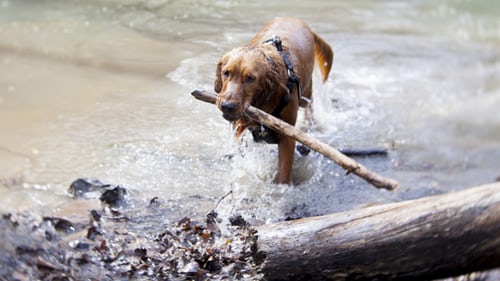
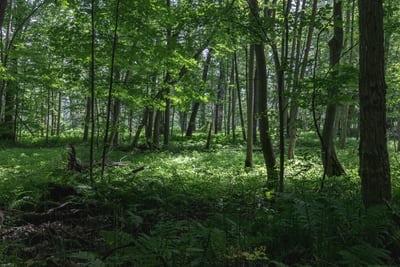
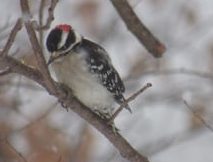
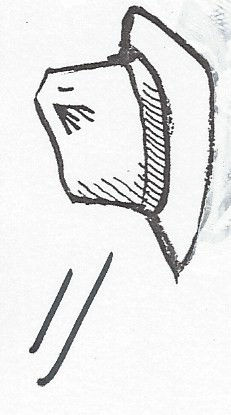 children and even the Beeb, who each in their own way non violently stepped out to draw attention to the lack of action in the face of overwhelming evidence of catastrophic loss of species and climate change.
children and even the Beeb, who each in their own way non violently stepped out to draw attention to the lack of action in the face of overwhelming evidence of catastrophic loss of species and climate change.

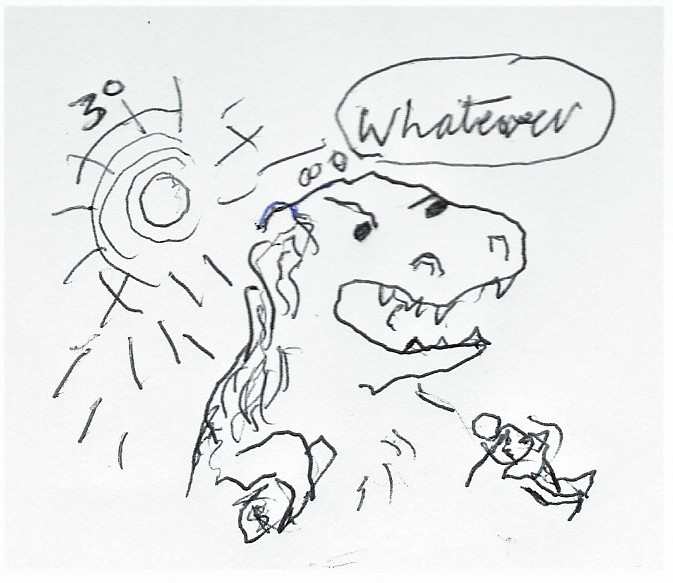 Perhaps it should be exoff and divest, not exonn, particularly if it’s true they are going to deliberately misinform their customers and share holders in relation to the planet’s conditions**…now if a TRex was appointed in a government, can we trust that government??***
Perhaps it should be exoff and divest, not exonn, particularly if it’s true they are going to deliberately misinform their customers and share holders in relation to the planet’s conditions**…now if a TRex was appointed in a government, can we trust that government??***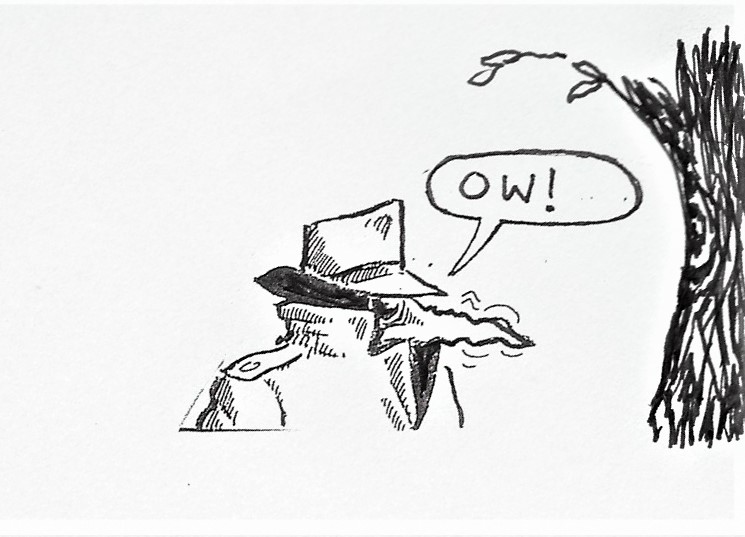 Yeah me too! Though hearing the state of the world or particular things sometimes fires me up to investigate, and into action, people’s response to the current ecological news isn’t always welcoming (haven’t they heard not to shoot the messenger)…..to avoid pain one time i put my head in the sand like an ostrich but the sun burnt my bottom ( i decided not to show you a selfie of that) …another time I hit my head against a tree (see image above) but I’m not a wood pecker so it really hurt my beak….
Yeah me too! Though hearing the state of the world or particular things sometimes fires me up to investigate, and into action, people’s response to the current ecological news isn’t always welcoming (haven’t they heard not to shoot the messenger)…..to avoid pain one time i put my head in the sand like an ostrich but the sun burnt my bottom ( i decided not to show you a selfie of that) …another time I hit my head against a tree (see image above) but I’m not a wood pecker so it really hurt my beak….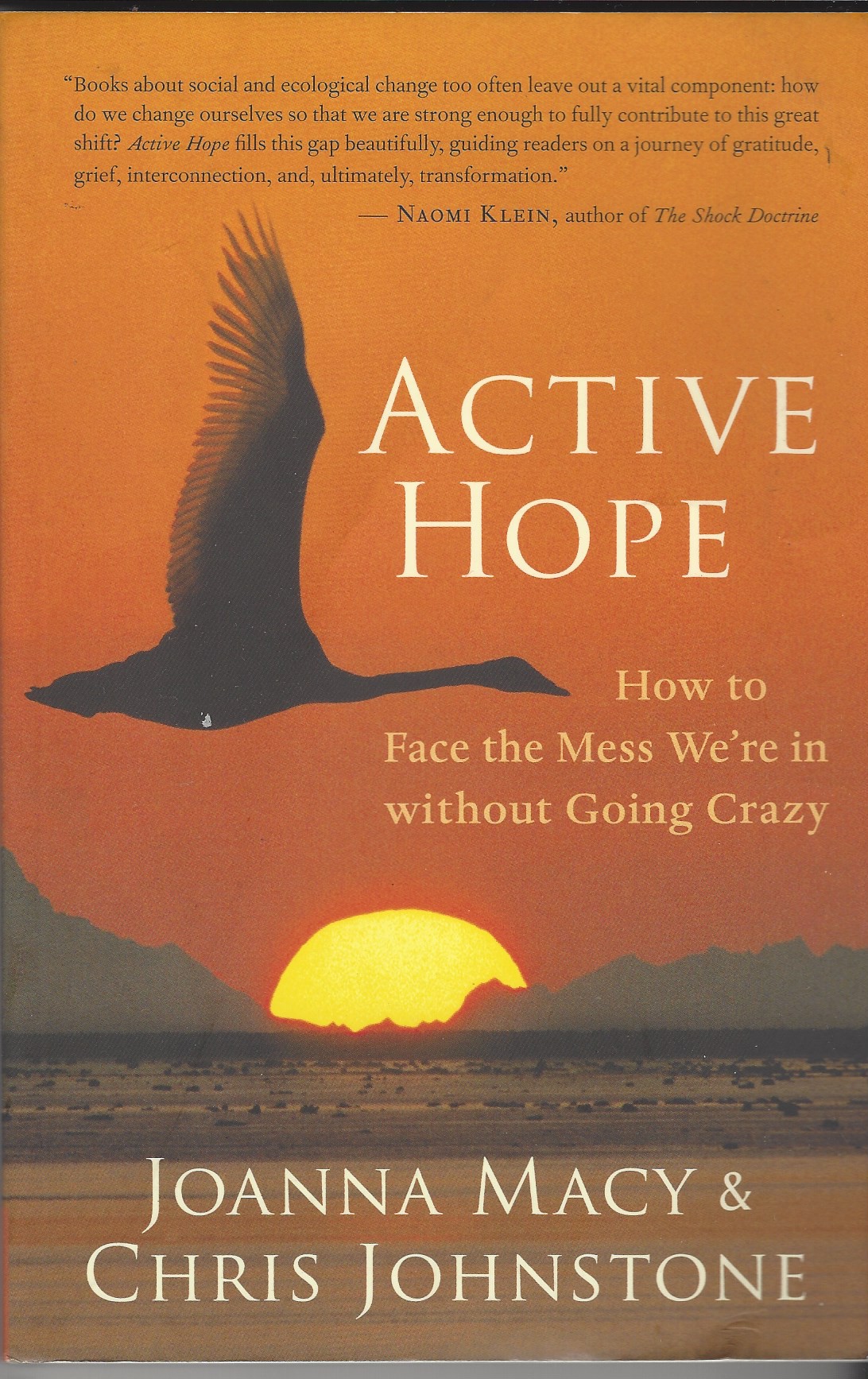 Till then here is a link to Joanna Macy sharing a twelfth century Tibetan prophecy about the Warriors of Shambala, introduced by Dr Chris Johnstone, author of a wonderful book with her “Active Hope” which could be a very good gift for any ecologically anxious adult in your life!! Perhaps the Shambala Warriors time has come and they are already among us….
Till then here is a link to Joanna Macy sharing a twelfth century Tibetan prophecy about the Warriors of Shambala, introduced by Dr Chris Johnstone, author of a wonderful book with her “Active Hope” which could be a very good gift for any ecologically anxious adult in your life!! Perhaps the Shambala Warriors time has come and they are already among us….

 Song of the Tuna Fish: hope you can pick up the tune, if not ask a Monty Python fan:
Song of the Tuna Fish: hope you can pick up the tune, if not ask a Monty Python fan:
